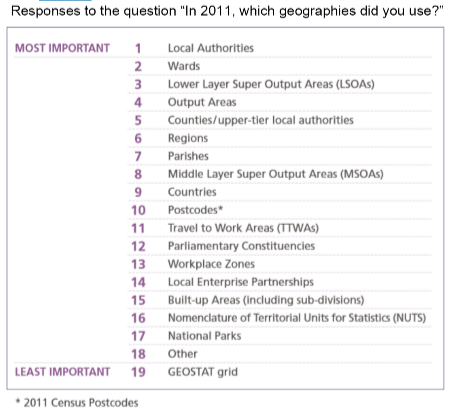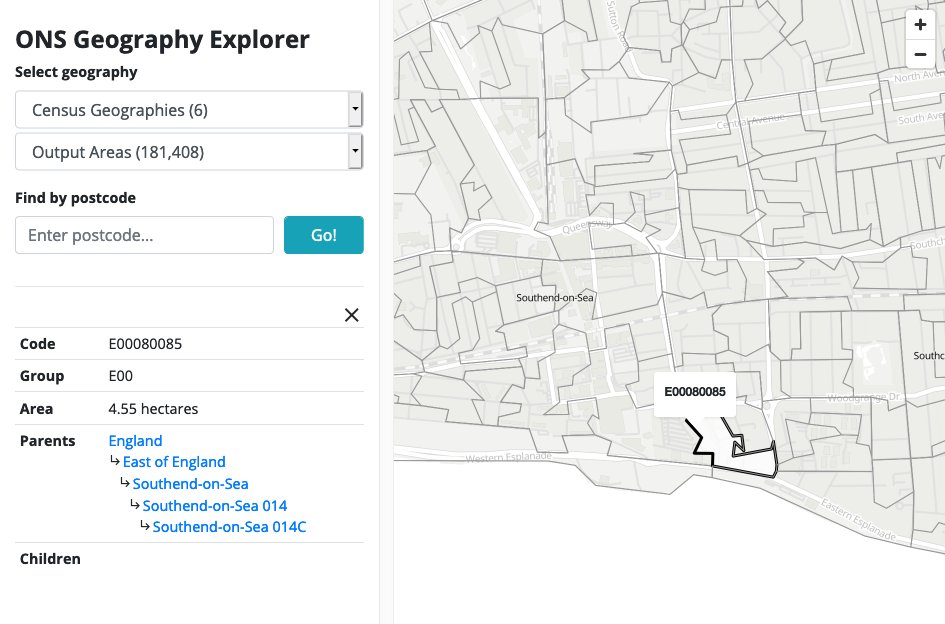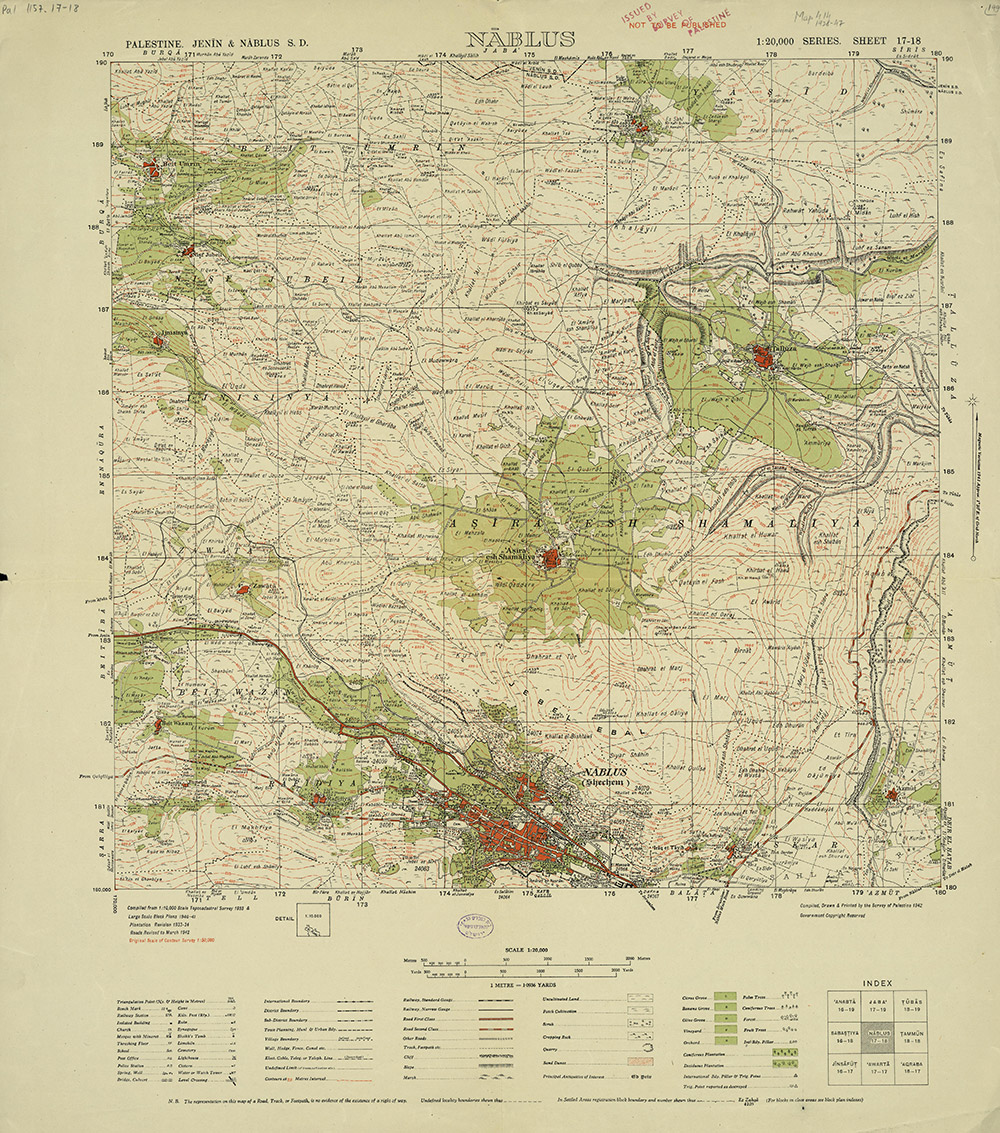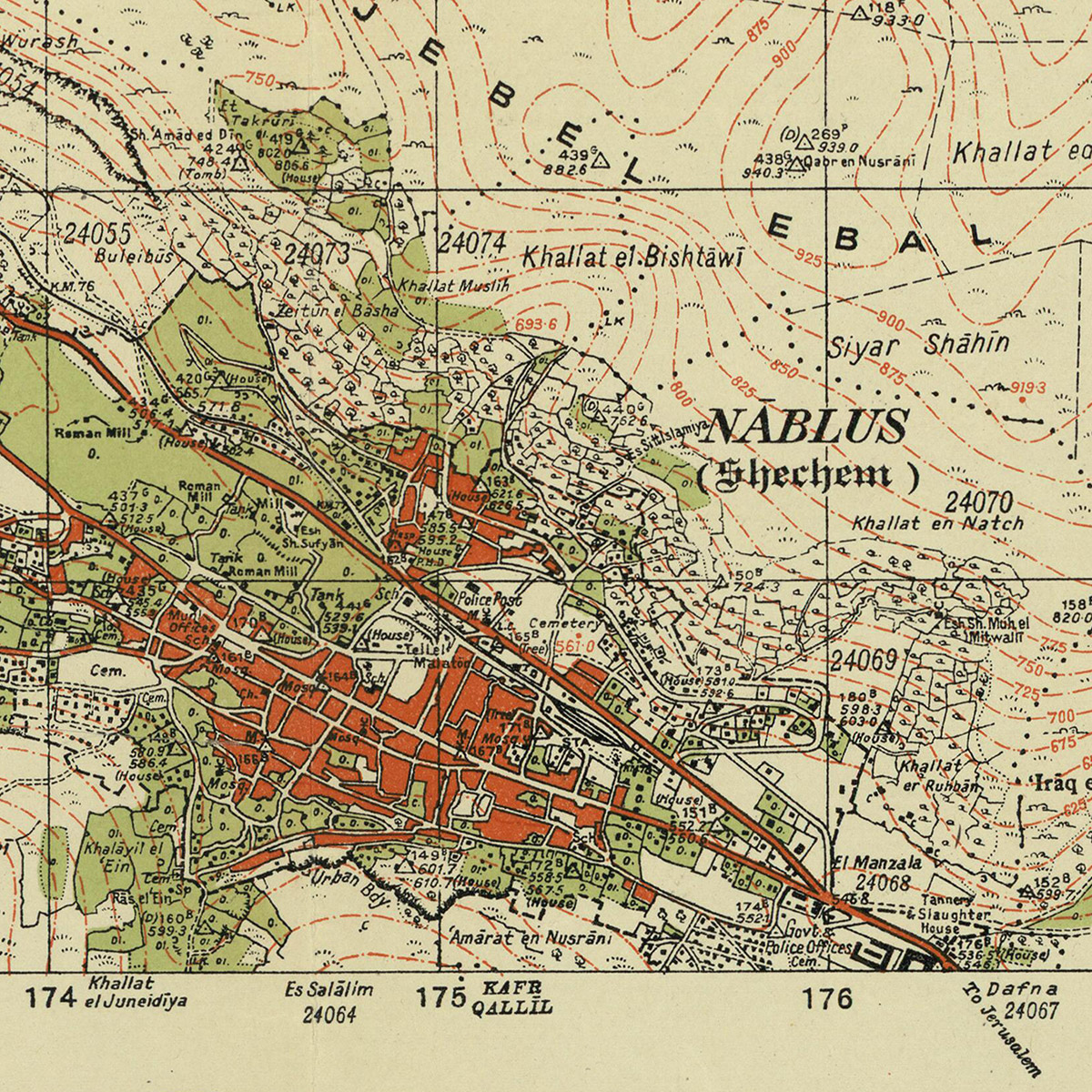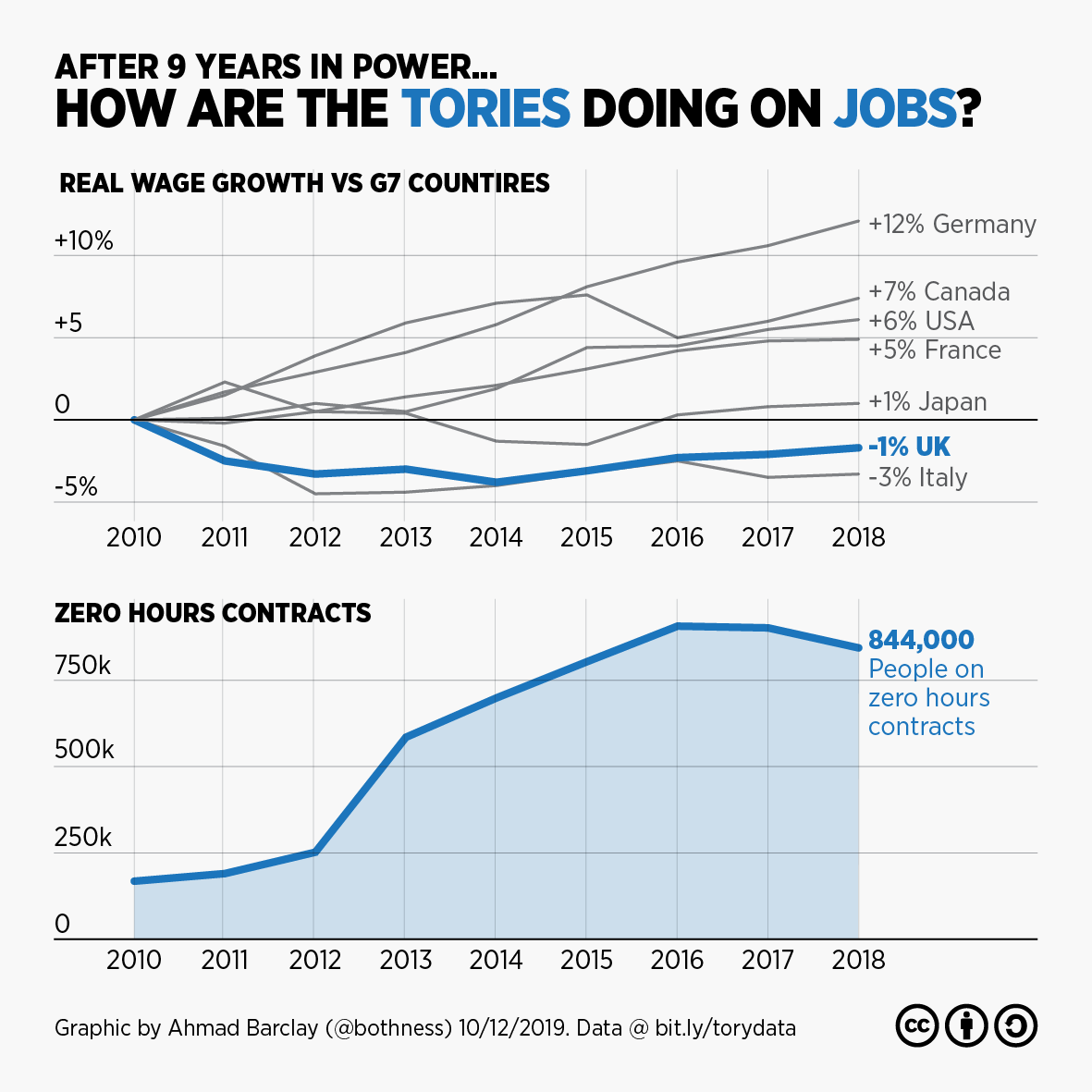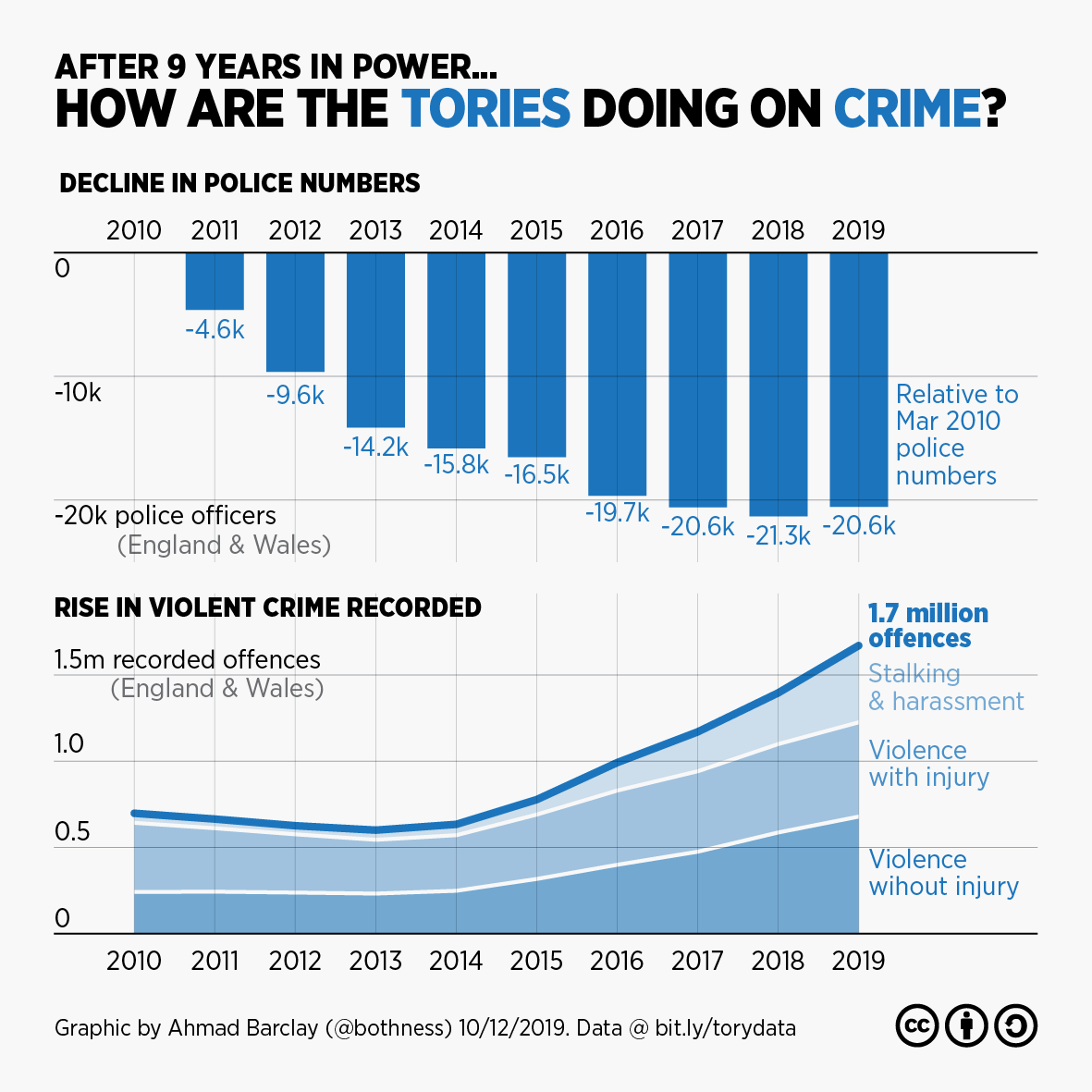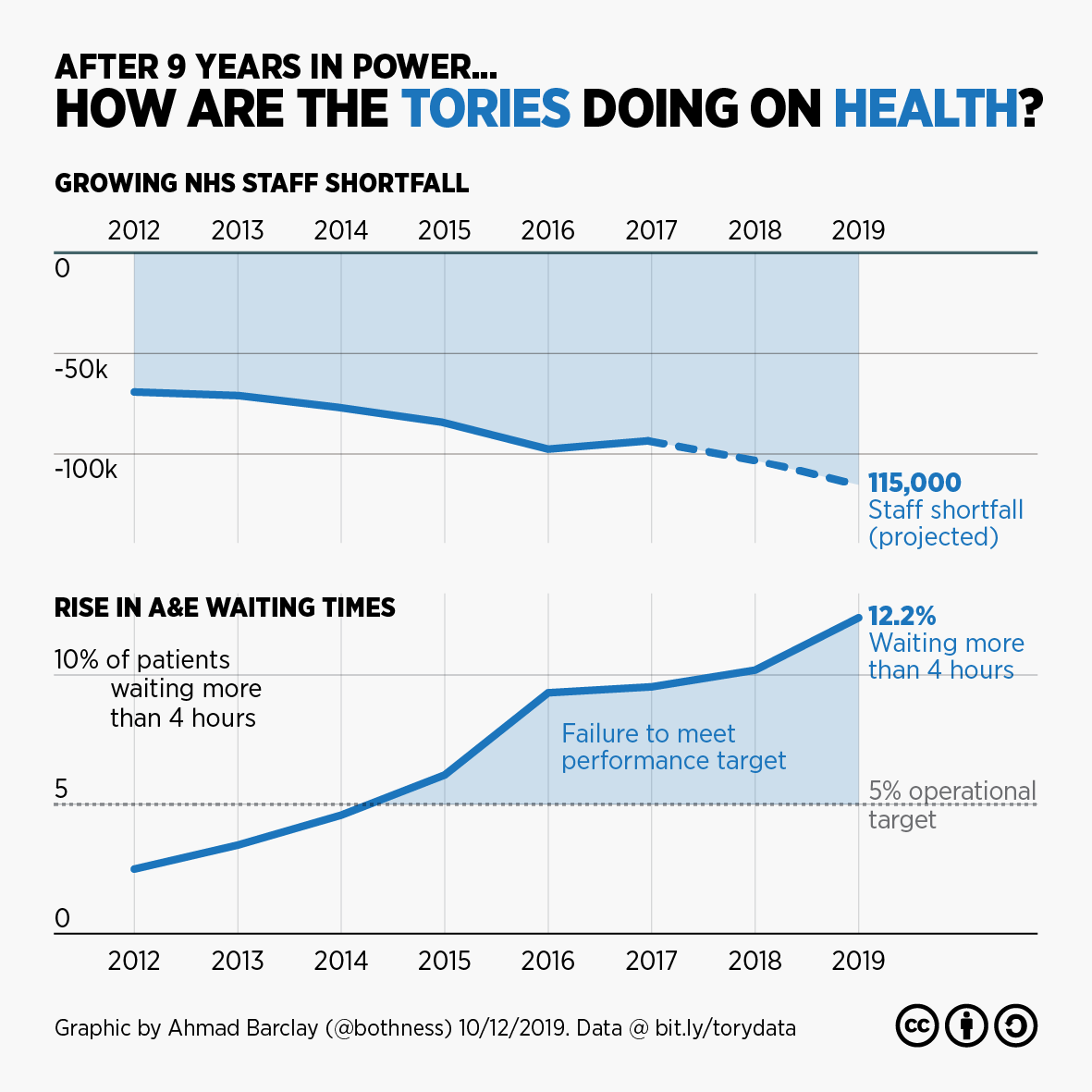
1/ Today we published this first of two interactive #scrollytelling pieces focused on economic inequality in the UK, based on measures of income and productivity for each local area. Check it out here... ons.gov.uk/visualisations…
2/ As you'd expect, the analysis found notable economic disparities between southern England and the rest of the UK (the blue map shows relative income, the pink shows relative productivity)... But there were also other notable findings 


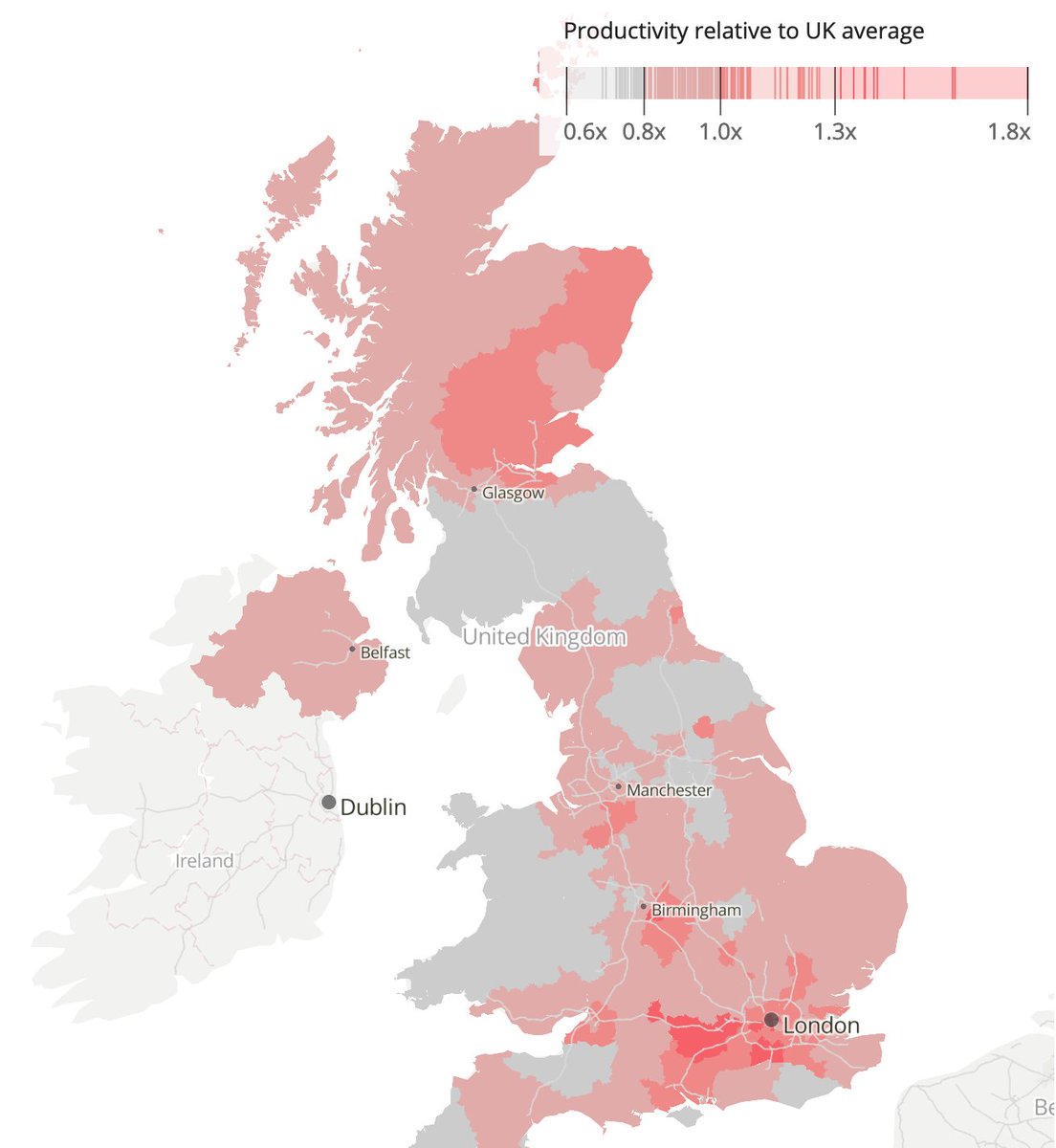
3/ Importantly, the analysis found some interesting patterns once the two economic measures were overlaid as a #bivariate map, including disparities between cities and their surrounding rural areas (the scatter plot top-right explains the colours) 

4/ At the end of the article you can select your own area to see how it compares to the country as a whole 
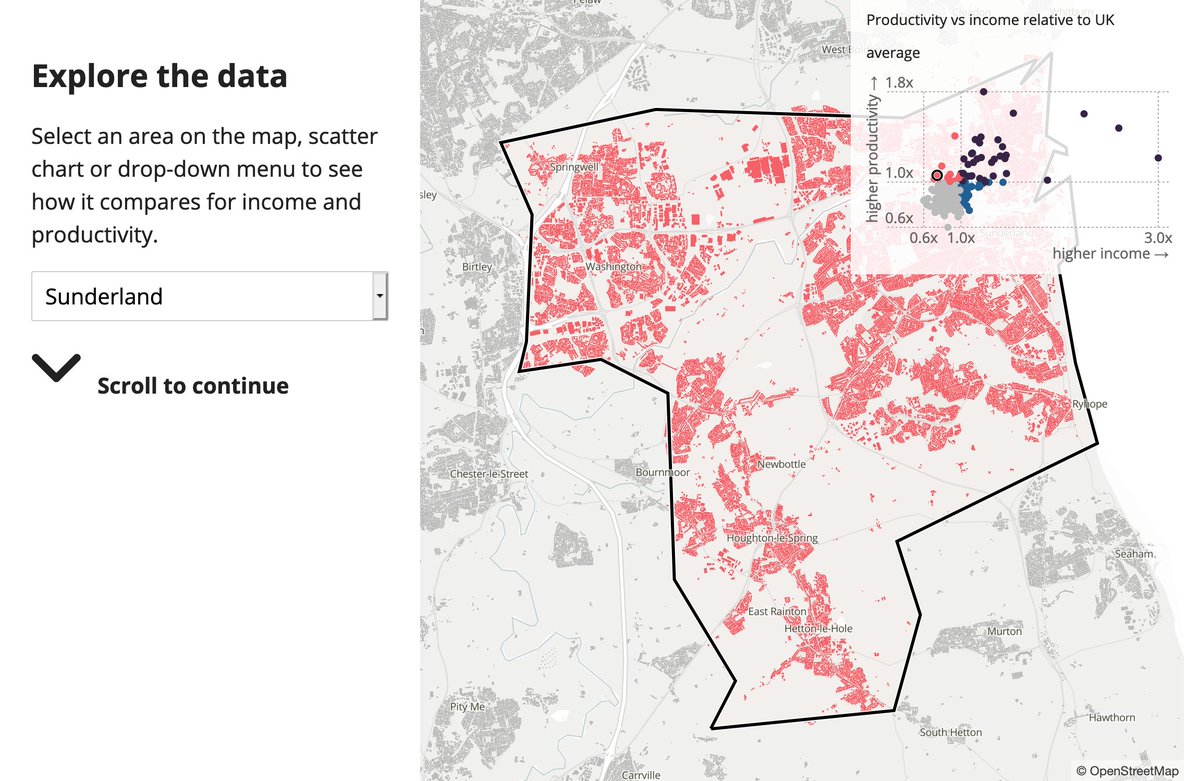
5/ And a quick ask... The #scrollytelling format is something that we're developing to present the analysis of @Census2021 data once it's released. So, please do your feedback and ideas so we can make it as effective as possible!! 

6/ The analysis was the work of Richard Prothero, Martin Joyce and Joseph Collias. Data journalism by @Annaekhoo. #dataviz + coding by me. Special thanks also to @fryford, @henrylau_ONS, @jamestrimble1, Theo Jolliffe, Carlie Edge, @rachel_pricetag, @mathew_weeks
7/ The next piece in this series -- planned to be release soon -- aims to go a step further, looking at income inequality in England at a neighbourhood level, and whether patterns of income deprivation might correlate with other forms of deprivation 

8/ The piece was coded using the #Svelte Javascript framework, #MapboxGLJS and the #LayerCake charting library. You can check out the code for the scrollytelling template we've built here (still a work in progress!) github.com/ONSvisual/svel…
• • •
Missing some Tweet in this thread? You can try to
force a refresh


